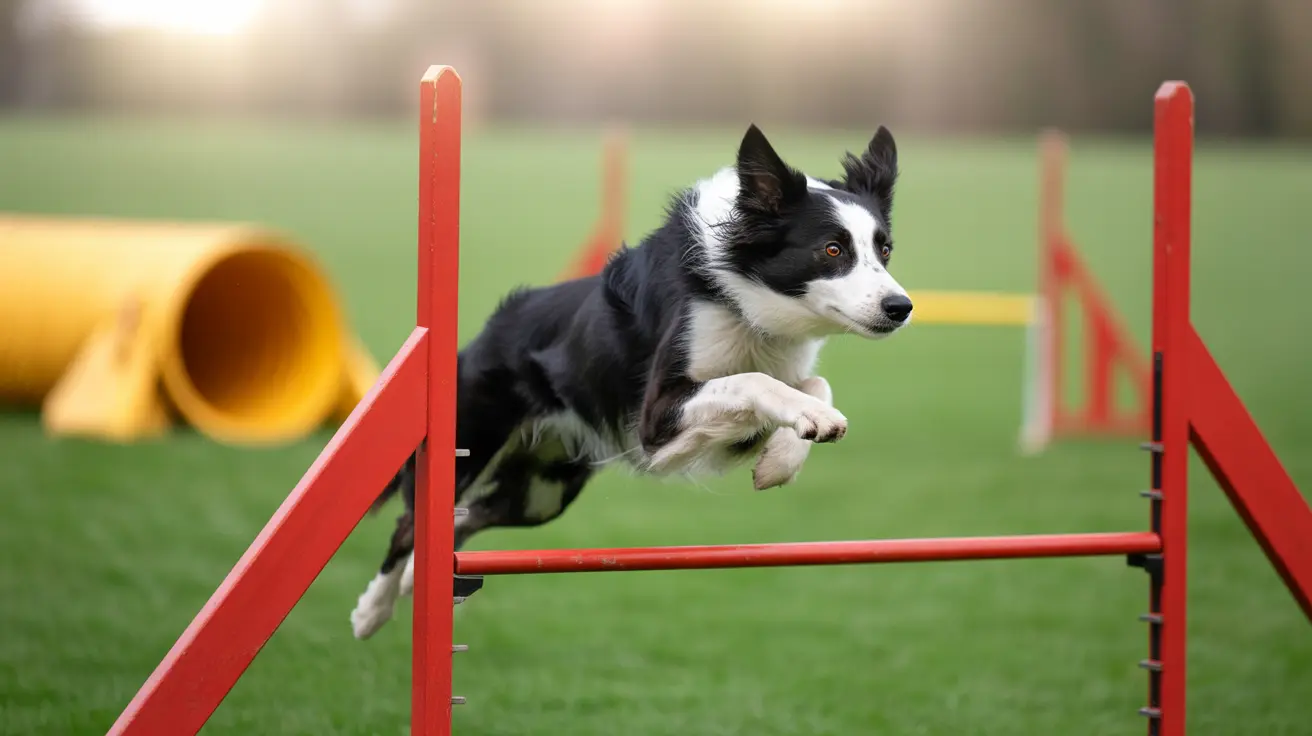Understanding the 3-3-3 Rule for Rescued Dogs
Bringing home a rescue dog is a transformative experience, but it comes with challenges and adjustments for both pet and owner. The 3-3-3 rule serves as a practical guide to understanding the emotional and behavioral stages a dog experiences when transitioning into a new home. Originally developed by animal behaviorists and rescuers, this guideline outlines three critical milestones—after 3 days, 3 weeks, and 3 months—to help new owners set realistic expectations and foster a healthy bond with their canine companion.
The First 3 Days: Decompression Phase
During the initial 72 hours, dogs may feel overwhelmed, scared, or unsure of their new surroundings. It's not uncommon for them to:
- Hide or seek solitude
- Refuse food or treats
- Display stress behaviors like whining, barking, or pacing
- Have accidents indoors due to anxiety or confusion
This period is critical for calming your dog and creating a safe space. Avoid overstimulation and give them time to adjust naturally. Your dog needs structure, predictability, and gentle interaction.
The Next 3 Weeks: Learning the Routine
By the third week, dogs begin learning the household rules, routines, and social dynamics.
- Establish a daily schedule for feeding, walking, and potty breaks
- Initiate basic training with simple commands like "sit" and "stay"
- Encourage positive behavior with praise and reward-based reinforcement
- Monitor interactions with children and other pets to ensure safety
Patience is your greatest ally as your dog begins to understand that this environment is safe and reliable. Their personality starts to emerge, as will any behavioral quirks or needs.
At 3 Months: Feeling at Home
By three months, most dogs have formed strong bonds with their families and feel comfortable in their new homes.
- They trust their environment and participate more actively in household life
- They show affection and seek companionship
- They understand rules and routines clearly
- They may still need training but respond more consistently
This is the point where your dog begins to feel truly at home. They may still have occasional setbacks, but with consistent modeling and love, they thrive. It's also a good time to reinforce bonds through activities such as fetch, daily walks, or advanced training classes.
Why the 3-3-3 Rule Matters
The 3-3-3 rule ensures that pet adopters do not rush the process. Adoption is a journey that takes time, understanding, and constant nurturing. The rule helps:
- Set realistic expectations for new owners
- Prevent disappointment or rehoming due to slow progress
- Support healthy attachment and emotional healing for the dog
Dogs with trauma may take longer in each phase, and that’s okay. The timeline is a guideline, not a rigid rule.
Complementing the 3-3-3 Rule with Memory and Emotion
Dogs have strong associative memories and emotional intelligence. As they settle in, their ability to form lasting bonds is enhanced by:
- Olfactory memory—they remember scents for years
- Visual and auditory recognition—they know faces and voices
- Emotional associations—positive reinforcement supports faster bonding
The time and effort you put into those early days pay dividends in building a steadfast, lifelong companion.
Practical Tips for Success
- Keep interactions calm and predictable
- Allow your dog to set the pace of interaction
- Maintain consistent routines for feeding, walking, and sleeping
- Use positive reinforcement to encourage trust
- Be patient and compassionate; every dog is different
Final Thoughts
Adopting a dog is an act of love, and the 3-3-3 rule offers a compassionate, structured roadmap. With understanding, time, and consistent care, your new dog will become a cherished family member. Remember, the bond you build during those first few months can last a lifetime.





